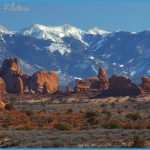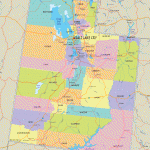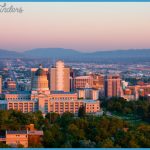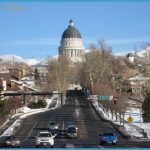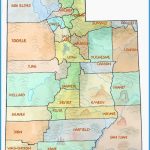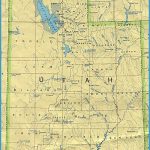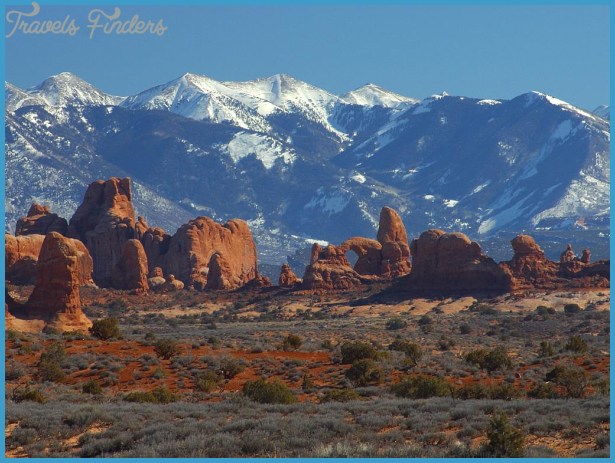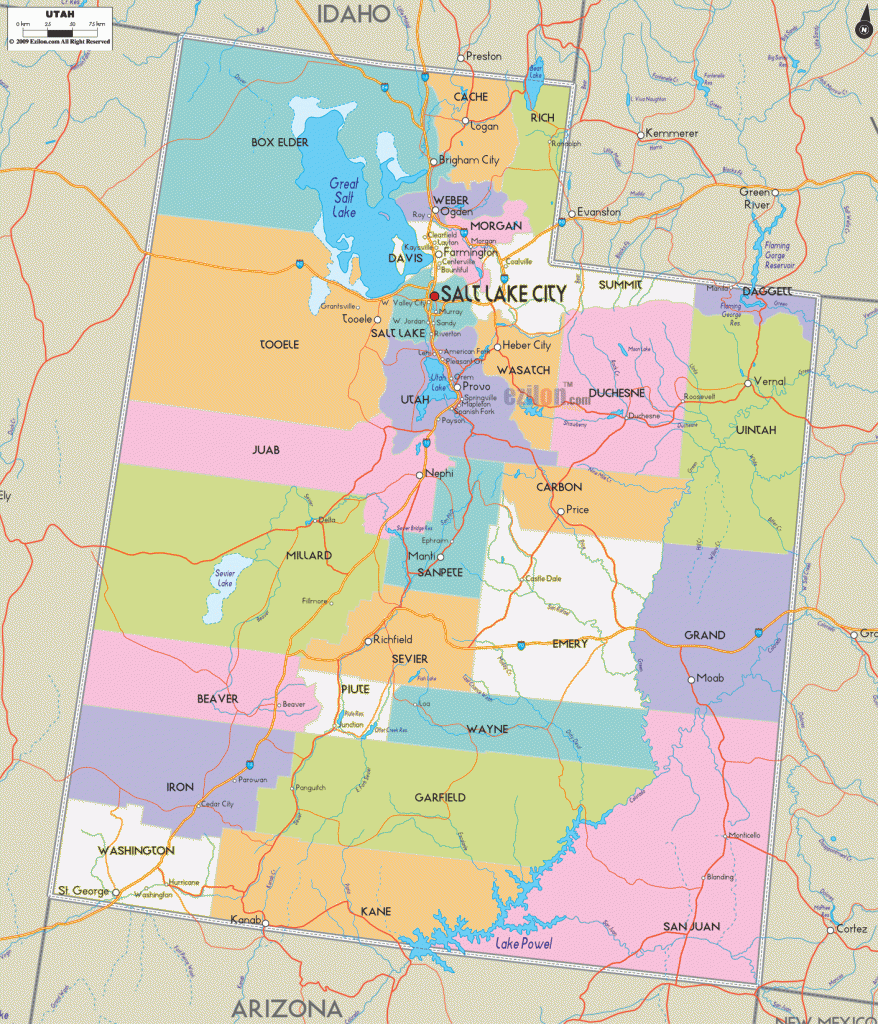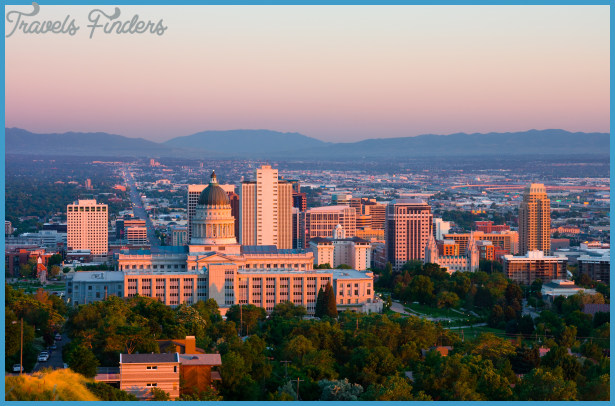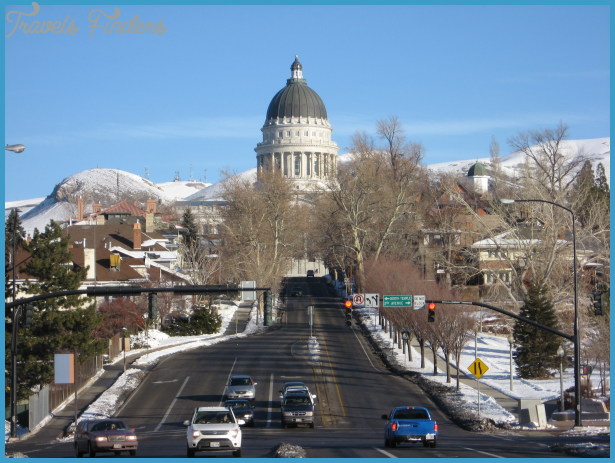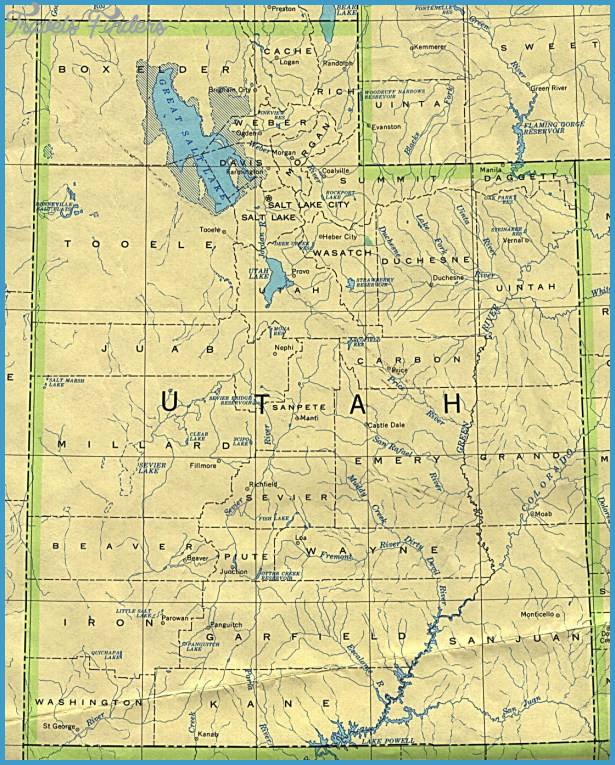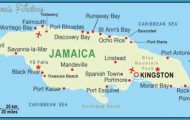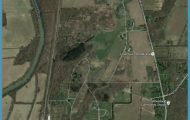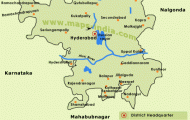Jorge Iber
Utah chronology
1776 A ten-man expedition from Santa Fe, led by Fray Francisco Atanasio Dominguez and Fray Silvestre Velez de Escalante, visits Utah.
1847 Mormon pioneers arrive in Utah.
1880s-1900s An influx of manitos (self-reference for Spanish-surnamed people from northern New Mexico and southern Colorado) arrive to work for church-owned sheep-herding operations in southern Utah. Their primary area of settlement in Utah is in the town of Monticello (in San Juan County), in the southeastern corner of the territory.
Mexican and Mexican American laborers arrive to work in beet fields of Utah.
A strike in Bingham Canyon leads to the recruitment of several thousand Mexican strike breakers from throughout the West to work in area copper mines. The dramatic increase in Mexican nationals leads to the establishment of a consulate in Salt Lake City. The first consul was Jose Lozano.
The three Rivera sisters, early Mormon converts from Mexico, arrive in Salt Lake City. These women, and their husbands and offspring, all played active roles both in proselytizing other Spanish-speaking people and in establishing the first Church of Jesus Christ of Latter-Day Saints (LDS) organizations in Utah that were specifically Mexican. 1920s-1930s Mutual aid societies, such as the Cruz Azul and Union y Patria, are established in northern Utah.
1920 The first Cinco de Mayo and Diez y Seis de Septiembre commemorations take place in downtown Salt Lake City. The Salt Lake Catholic Diocese conducts its first systematic survey of Salt Lake City’s Mexican population.
1923 The Rama Mexicana is established in the LDS Church to serve the socalled Mexican population of the capital city.
1927 The Our Lady of Guadalupe Mission is established on the west side of
Salt Lake City. The mission is staffed by several Mexican nuns of the Order of Sisters of Perpetual Adoration.
1930 Father James Collins arrives at Our Lady of Guadalupe Mission. He serves the comunidad (community) of the west side of Salt Lake City until his death in 1957.
1936 The Centro Civico Mexicano (Mexican Civic Center), a social and fraternal organization, is established in Salt Lake City. Vicente Mayer, who arrived in 1924 to work for the Union Pacific Railroad, serves as the CCM’s first president.
1940-1945 Spanish-speaking people from New Mexico, Colorado, Mexico, and Puerto Rico arrive in Utah and work in various industrial sectors during the years of WWII.
1944 Our Lady of Guadalupe Mission is granted parish status by the Salt Lake Catholic Diocese.
1946 The Sociedad Protecion Mutua de Trabajadores Unidos (Society for the Mutual Protection of United Workers) is established in Salt Lake City
1976 and 1978 1980s and Ogden. This entity serves primarily as a manito response to the Centro Civico Mexicano, which is perceived to be too Mexican. American GI Forum (an organization of Latino veterans) establishes branches in Ogden and Salt Lake City.
Rama Mexicana is granted ward status by LDS hierarchy, and its name is changed to the Lucero Ward in June.1
Father Jerald H. Merrill arrives at Our Lady of Guadalupe Parish. He helps guide the parish through several years of social activism, which lead to the establishment of a credit union, a school, the Guadalupe Community Center, and one of the first Mexican-food restaurants in Salt Lake City (La Morena Cafe, named in honor of Our Lady of Guadalupe). The cafe’s profits often subsidized some of the other entities established by the diocese and parish.
Father Merrill and Orlando Rivera (a University of Utah professor and a member of the Lucero Ward) help establish a Chicano civil rights organization called SOCIO (Spanish-Speaking Organization for Community, Integrity, and Opportunity) in Salt Lake City.
Several Chicano student organizations are founded at various Utah state college campuses throughout the decade.
The federal census counts a total of 43,550 persons of Spanish-language living in the state of Utah.
The Catholic Diocese of Salt Lake establishes its Diocesan Office of the Spanish-Speaking. It is estimated that Latinos now constitute approximately one half of all Catholics in the state of Utah.
Gilbert Ramirez is named Chicano ombudsman for the state of Utah. This office is now called the Utah Office of Ethnic Affairs and is part of the Utah Department of Community and Culture. Construction begins on a low-income housing project on the west side of Salt Lake City. The project is named Escalante Park.
The Institute for Human Resource Development (IHRD, a part of SOCIO) is established in Salt Lake City. The entity’s goal is to seek grants from governmental and private charitable agencies in order to fund (and manage) social-welfare programs designed to benefit the state’s Latino community. The IHRD still exists, but now operates under the name Centro de La Familia (Center for the Family).
John Ulibarri (representing part of Weber County) and Rey Florez (representing a section of Salt Lake County) are elected to the Utah House of Representatives, becoming the first Latinos to serve in the legislature. Florez died in office in 1980, and his widow, Bobbie Florez, took his place, serving until 1986.
Mexicanos (Mexicans), primarily from town of Juchipila (in Zacatecas state), begin arriving to work in the casino industry in Wendover, Nevada (now named West Wendover), which borders the town of Wen-dover, Utah.
1986 SOCIO ceases operation.
1990 The federal census counts a total of 84,597 Hispanics in the state of Utah.
1992 Community activist Eliud Pete Suazo is elected to the Utah House of Representatives. In 1996 he becomes the first Latino ever to serve in the Utah Senate.
1993 Andrew Valdez is appointed to serve as judge of Utah’s Third District Juvenile Court; he is the first Latino judge in the state.
1996 A study by the LDS Church notes that Spanish speakers account for almost one-third of the world’s Mormons.
2000 The federal census counts a total of 201,559 Hispanics in the state of Utah (approximately 11 percent of the state’s total population).
2001 State Senator Eluid Pete Suazo dies in an ATV accident in the La Sal Mountains in August.
2005 Research by Pew Hispanic counts a total of 264,010 Hispanics in the state of Utah a 34 percent increase since the last federal census five years earlier. Officially, Latinos now account for 10.8 percent of the state’s population; community activists believe the actual number is closer to 15 percent.
2006 The LDS Church reports that there are 62 Spanish-speaking wards or branches in Salt Lake County, with another 25 and 35 in the neighboring counties of Davis and Utah. A new estimate by the Census Bureau places the total number of Latinos in Utah at around 278,000.

